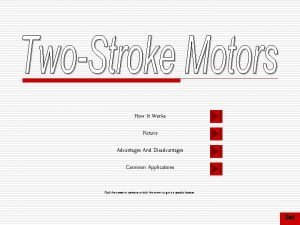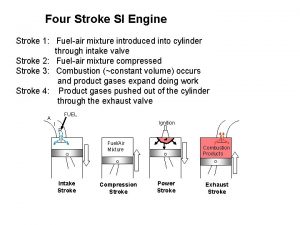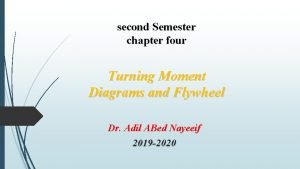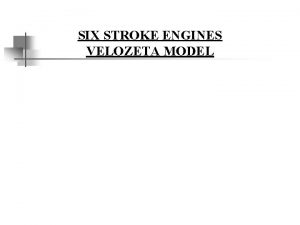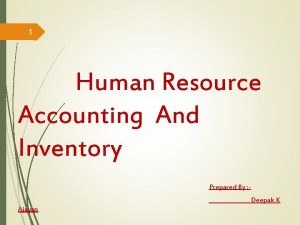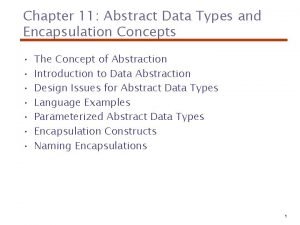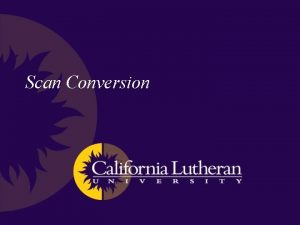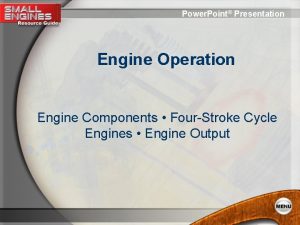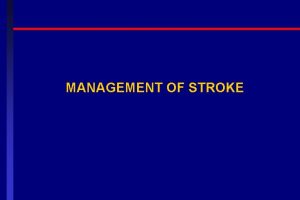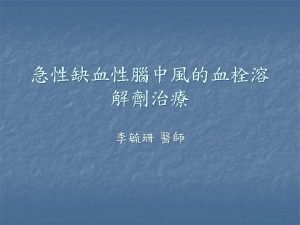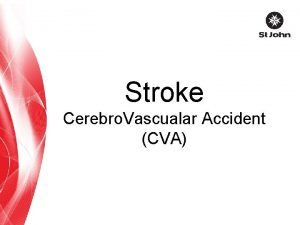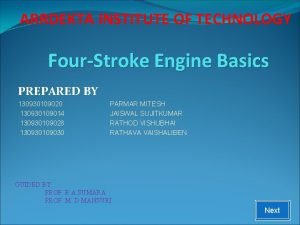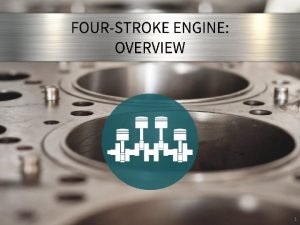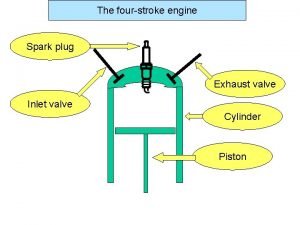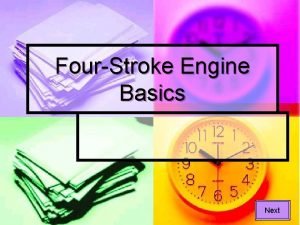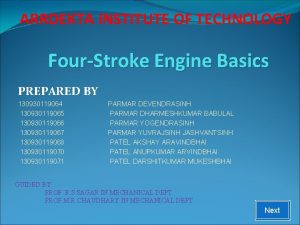4 Stroke Engine A fourstroke engine also known











- Slides: 11

4 Stroke Engine �A four-stroke engine, also known as four -cycle, is an internal combustion engine in which the piston completes four separate strokes—intake, compression, power, and exhaust—during two separate revolutions of the engine's crankshaft, and one single thermodynamic cycle.


INTAKE stroke � on the intake or induction stroke of the piston , the piston descends from the top of the cylinder to the bottom of the cylinder, reducing the pressure inside the cylinder. A mixture of fuel and air, or just air in a diesel engine, is forced by atmospheric (or greater) pressure into the cylinder through the intake port. The intake valve(s) then close. The volume of air/fuel mixture that is drawn into the cylinder, relative to the volume of the cylinder is called, the volumetric efficiency of the engine.

COMPRESSION stroke �with both intake and exhaust valves closed, the piston returns to the top of the cylinder compressing the air, or fuel-air mixture into the combustion chamber of the cylinder head.


POWER stroke � this is the start of the second revolution of the engine. While the piston is close to Top Dead Center, the compressed air–fuel mixture in a gasoline engine is ignited, usually by a spark plug, or fuel is injected into the diesel engine, which ignites due to the heat generated in the air during the compression stroke. The resulting massive pressure from the combustion of the compressed fuel-air mixture forces the piston back down toward bottom dead centre.

EXHAUST stroke �during the exhaust stroke, the piston once again returns to top dead center while the exhaust valve is open. This action evacuates the burnt products of combustion from the cylinder by expelling the spent fuel-air mixture out through the exhaust valve(s).



Queries & Questions

THANK YOU EVERYBODY
 Anterior stroke vs posterior stroke
Anterior stroke vs posterior stroke Advantages and disadvantages of two stroke engine
Advantages and disadvantages of two stroke engine Cross scavenging
Cross scavenging Formula for turning moment
Formula for turning moment Velozeta six-stroke engine
Velozeta six-stroke engine Human resource inventory
Human resource inventory Republic act no.10912
Republic act no.10912 Dimensional analysis is also known as
Dimensional analysis is also known as Parameterized adts is also known as
Parameterized adts is also known as Scan conversion and rasterization
Scan conversion and rasterization Lower esophageal sphincter is also known as
Lower esophageal sphincter is also known as Envelope method of drug distribution
Envelope method of drug distribution

